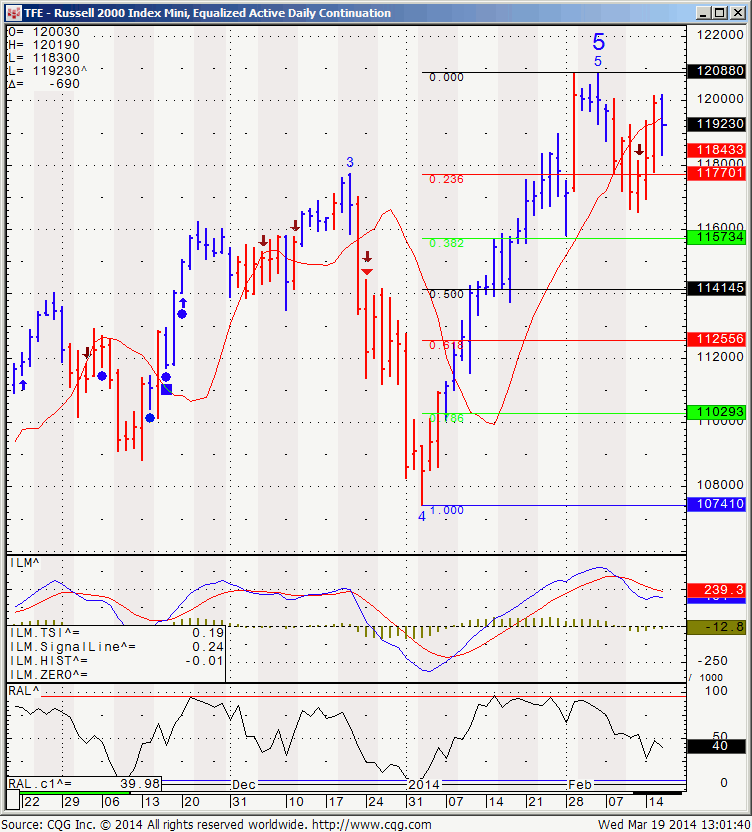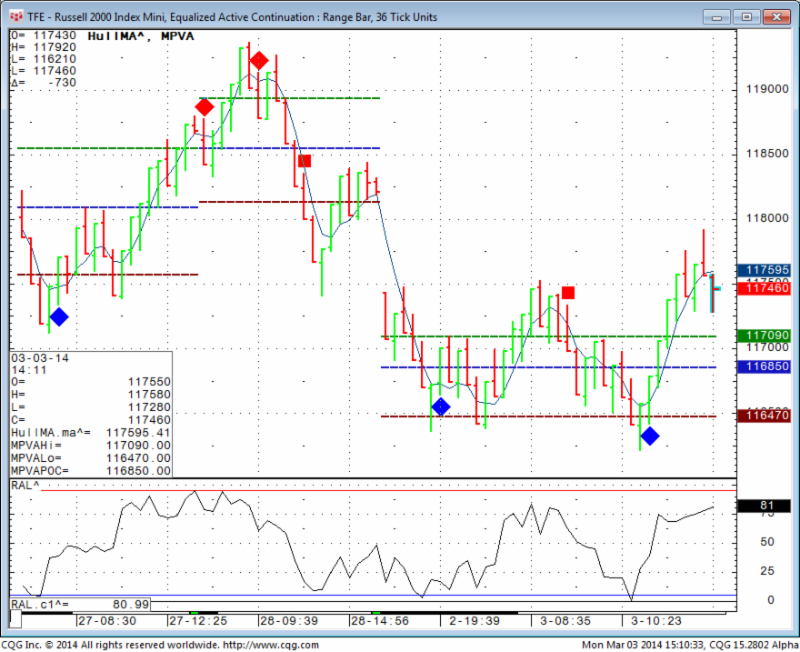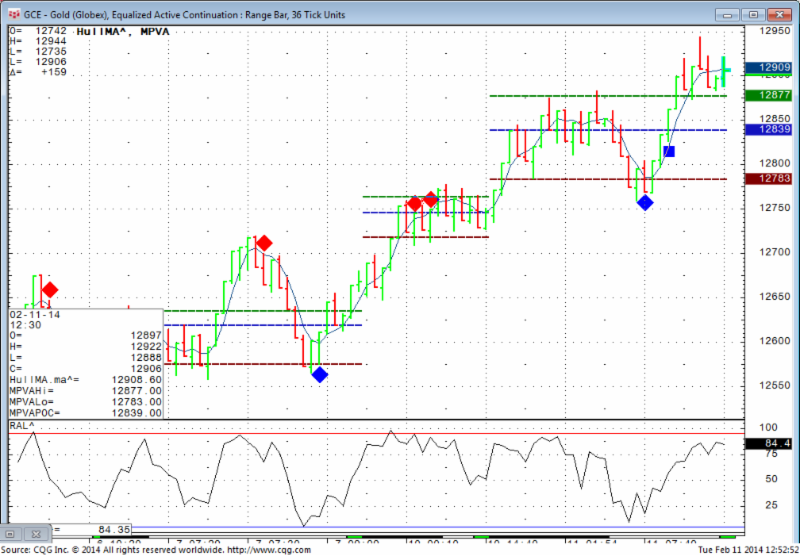Connect with Us! Use Our Futures Trading Levels and Economic Reports RSS Feed.
![]()
![]()
![]()
![]()
![]()
![]()
1. Market Commentary
2. Futures Support and Resistance Levels – S&P, Nasdaq, Dow Jones, Russell 2000, Dollar Index
3. Commodities Support and Resistance Levels – Gold, Euro, Crude Oil, T-Bonds
4. Commodities Support and Resistance Levels – Corn, Wheat, Beans, Silver
5. Futures Economic Reports for Tuesday March 25, 2014
Hello Traders,
For 2014 I would like to wish all of you discipline and patience in your trading!
Day-Trading Emini Index Futures – 9 Key Trading Concepts by TradingEmini.com
Tradingemini.com’s 9 Rules to help keep you in the 10% winning club Vs 90% of traders who lose money.
Trading is inherently risky but by following eight fundamental money management rules you can keep your capital safer while building your trading experience.
1. Look for high volume markets with a thin spread, so orders are filled quickly and it has high volatility, so there are opportunities for 2 to 4 good trades during the day. The Emini S&P500 Index Future is a good example of this type of market (Each point is worth $50, split into 4 ticks of $12.50 and there are 4 contracts a year, traded on the Chicago Mercantile Exchange).
2. Only risk 1% of your capital per trade, then your capital can absorb 100 consecutive bad trades. Even the best systems can expect 20% loosing trades, so the 1% rule gives you room to maneuver.
3. $10-$15k is the minimum recommended risk capital you should have per Emini S&P500 contract traded – then if you lose $1000-$1500 it only represents 10% of you capital, which is recoverable compared to a $3k account where the same loss equals 50% of your account, consequently you are more likely to lose the remainder of your capital rather than recover the loss.
4. Limit the hours you trade – we prefer the first 60-90 minutes, when typically there is a good trend before the lunch time chop – many professional traders trade this time period.
5. Limit the number of trades you make per day – 2-6 is good as the Emini usually has up to 3 trends per day and you should aim to catch 1-2 out of the 3. Overtrading racks up commission fees and increases the risk of revenge trading. A few ticks loss per trade quickly mounts up – 4 trades fired like a machine gun can easily become four losers, at 8 tick stops, that’s $400 loss, 4% of a $10k account. Patience is key, stalk trades.
6. On any one day stop trading when losses hit 5-10% of capital, which is recoverable, and indicates you are reading the market wrong, so stop, evaluate your errors and record them in your Trading Journal.
Continue reading “Futures Levels & Economic Reports 3.25.2014”





